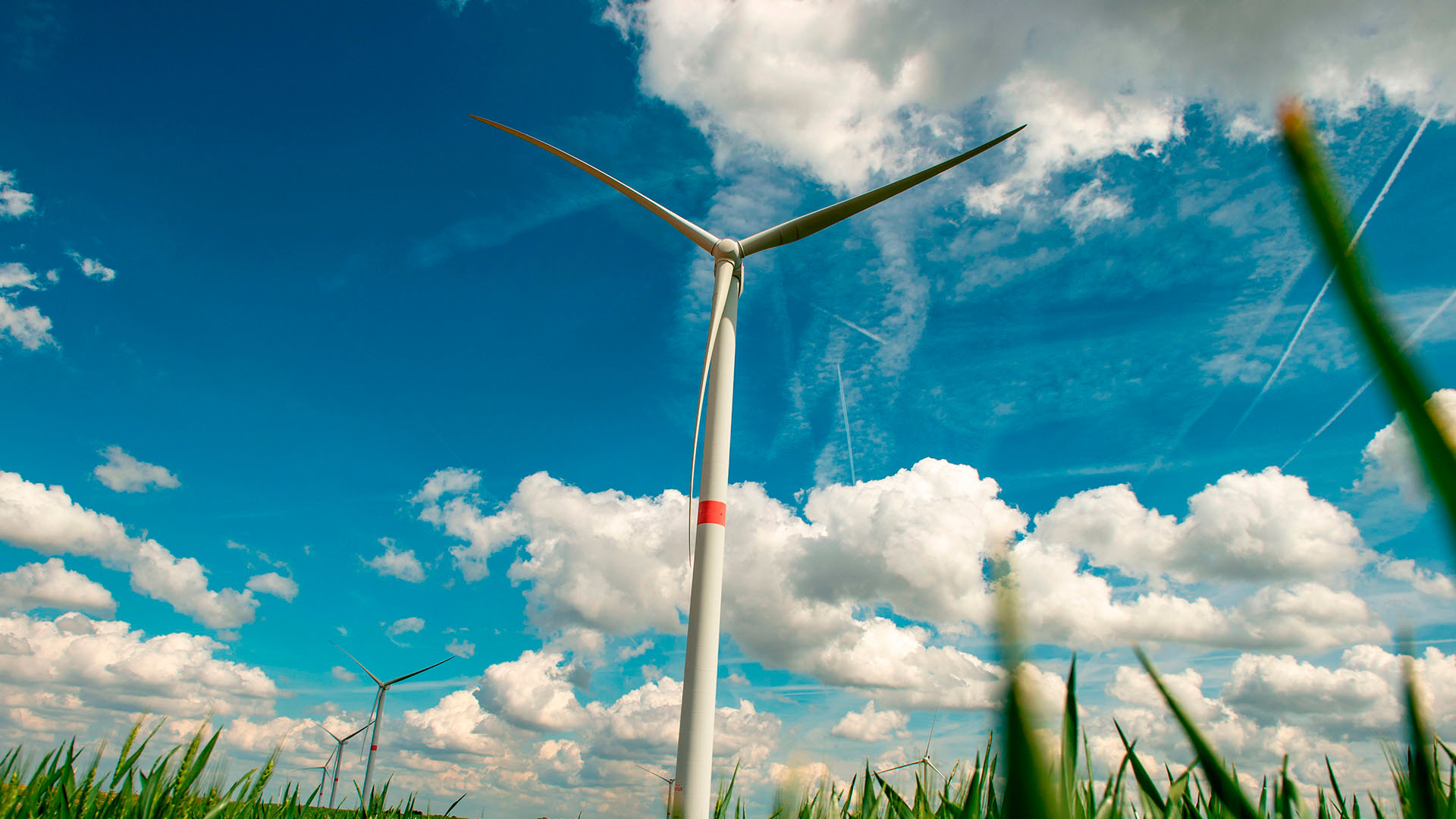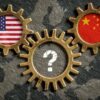Executive summary
Europe prefers energy cooperation, but is ready to compete
This is the message that the EU should convey to any rivals disposed to using their energy capabilities as a strategy for international competition, essentially Russia, China and the US. Although all three may be viewed as the EU’s energy rivals, the rivalries differ in their nature, intensity and responses. Identifying each type of rivalry and their energy dimension is the first step towards overcoming them by means of a strategy that sets out how and with what combination of instruments they can achieve their most important goals. Europe is equipped with major energy assets for competing: a large market, global companies, human capital, its own nuclear and renewable capabilities, leadership and public support for decarbonisation, as well as instruments for combatting energy coercion.
Energy rivalry entails competing spatially and positionally with other energy models and for access to resources and markets
Spatial rivalries entail geographical disputes with a high risk of militarisation, while positional rivalries are tussles for regional and global influence and status. The two tend to intermingle, creating mixed and complex rivalries, where cooperation and conflict coexist. The competition for resources and markets is the most researched dimension of energy rivalry, but it arises on the basis of the rivals’ respective energy models. Also meriting consideration are the rivalries that use energy capabilities as an instrument for attaining political ends, those that resort to hybrid threats to the energy sector and competition for the control of energy corridors. Many cases of energy rivalry encompass a variable combination of these factors, the respective weights of which need to be gauged.
Russia, China and the US enjoy a partial and differentiated energy hegemony
Russia and the US favour fossil-fuel domination whereas China seeks to control the decarbonised value chains. Russia is a structural, spatial and positional rival, which uses its fossil fuel resources to threaten European security. China is a positional rival on decarbonisation, with the risk of constant trade disputes, but also with opportunities for cooperation. The US is a key partner for European energy security owing to its exports of liquefied natural gas (LNG), but its strategy for energy dominance makes it an unreliable rival while favouring European leadership in decarbonisation.
To overcome the positional rivalry between energy models the EU needs to make a firm commitment to decarbonisation
The EU and the US share public support for decarbonisation, but in the US it is distorted by polarisation. The EU is unable to compete with either the Russian or the US models owing to its lack of hydrocarbons. With Russia, the rivalry between models is too intense and complex for trade to return to normal. As for the US, its energy costs will always be lower than Europe’s, which makes it senseless to have a race to the bottom on environmental regulations or carbon-cutting targets. Compared with China, the EU proposes a differentiated route to decarbonisation based on strict sustainability, and social and governance standards. The best way to cut Europe’s energy vulnerability is speeding up the transition by deploying renewables and the associated capabilities required (storage, networks and interconnectors, among others), although there is also scope for nuclear energy and carbon capture and storage.
The competition for markets and resources entails decoupling from Russia, de-risking with China and a cooperative rivalry with the US
Decoupling itself completely from Russian hydrocarbons, nuclear fuel and strategic minerals is a top priority for the EU. If member states are unable to come to a unanimous agreement on new sanctions, alternative mechanisms such as prohibitive tariffs can be levied. The EU’s designation of China as a rival entails de-risking to prevent its domination of decarbonised industrial supply chains, taking internal steps to replace the most critical components with European production and diversifying supplies by means of new alliances that enable external substitution. Maintaining a balanced risk profile involves blending offensive and defensive measures in sector-specific ways that enable competition to be managed. A new cooperative rivalry has emerged with the US, but the EU should wait until the policies of the new Trump Administration have bedded down before being pressured to offer concessions on LNG or any other aspect.
Energy is a key resource for maintaining militarised rivalries that requires a control strategy from the EU
Modern wars are waged with significant quantities of energy-intensive arm systems, both in their construction and in their operation. The main challenges are ensuring supplies, reducing consumption, supplying power to new electronic equipment, increasing operational autonomy and streamlining the supply chain. The EU has limited energy resources, suggesting the advisability of a control strategy that balances its operating capabilities with sustainability over the duration of their use. One form of control is to combine appropriate management of imported fossil fuels with home-produced decarbonised sources, electrification and efficiency. Public-private partnerships can help boost defence-related energy markets, such as decarbonised fuels and batteries, and benefit from joint European support schemes.
Image: Wind farm in Villers-le-Bouillet, near Liège (Belgium). Photo: Eric Vidal – EC Audiovisual Services / ©European Union, 2022.



